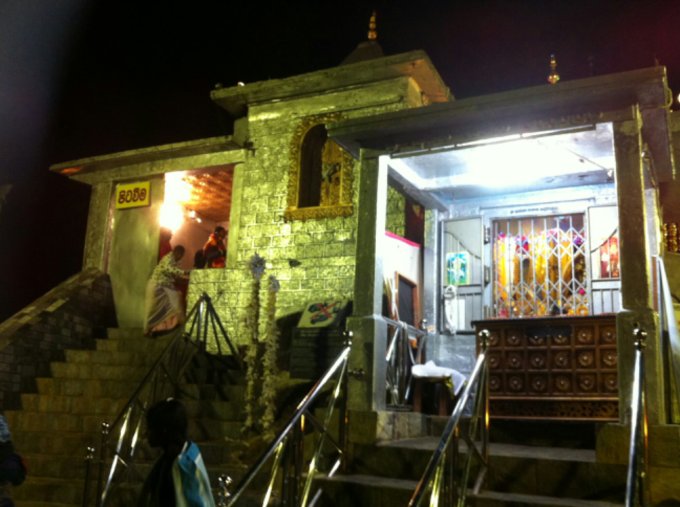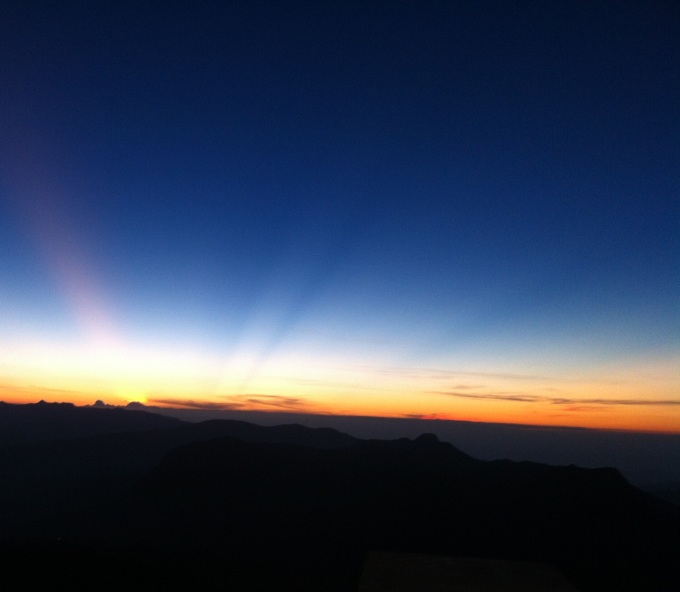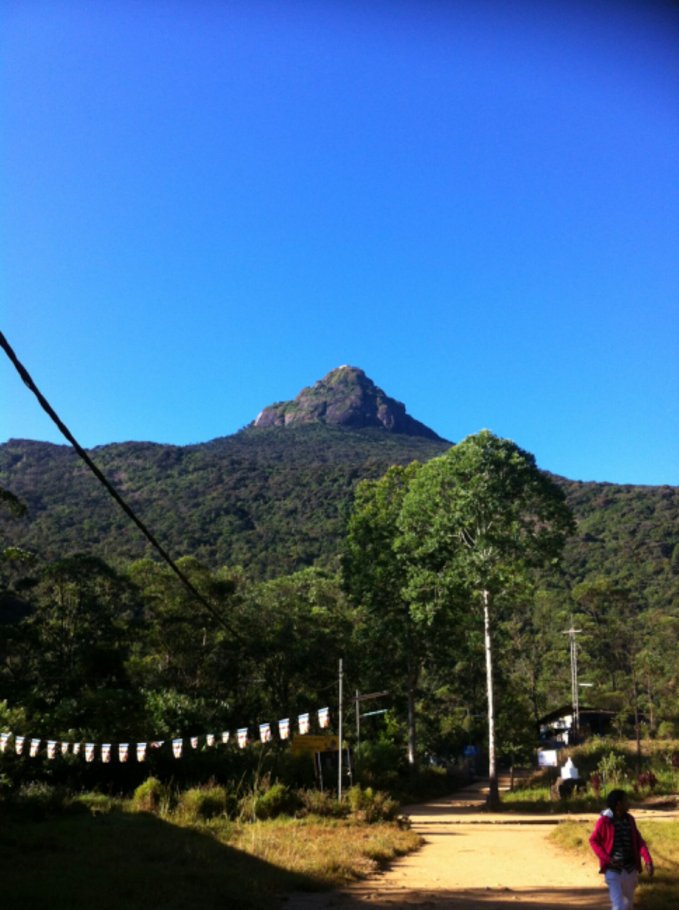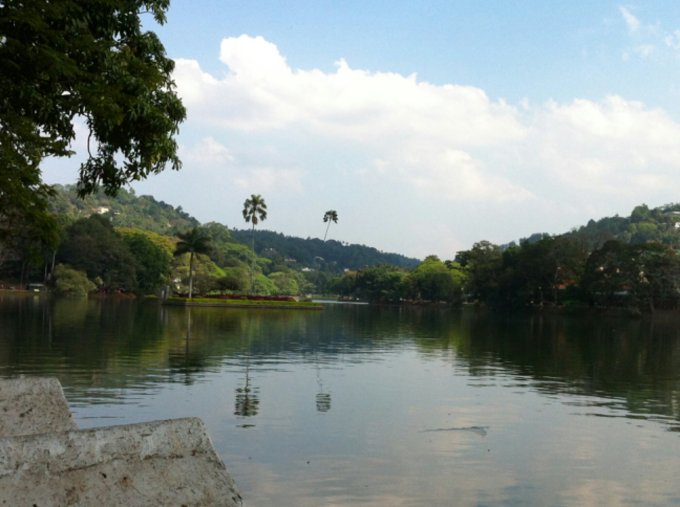As mentioned in my previous post about Mexico, I zipped across the country to Cancun in order to explore the Yucatan Peninsula, not, I repeat, not, to experience the famous Coco Bongo nightclub in Zona Hotelera. I often say to myself, ‘just do it, when are you going to be in this corner of the world again?’, but any backpacker who pays eighty bucks for a ticket (not including drinks), is utterly bongo bonkers in my opinion. I’m not normally negative in my blog posts, but Zona Hotelera is a big, commercial, expensive, hot mess. This wasn’t one of those ‘just do it’ moments.
I admit that we weren’t entirely cultural when we arrived in Cancun. Some fellow travellers and I sailed straight to Isla Mujeres for a day trip to the beach. The sun was out to play, and the sea was waving, enticing us with its twinkly surface and clear visibility. A beautiful combination after ten days in the sporadically changing climate of Mexico City, where, by the way, I managed to catch my first hostel-induced cold, so the vitamin D was a welcome change.
As lovely as drinking frozen piña coladas on a tropical island was, it was back to the mainland for a decent night of sleep. We had some more important matters to attend to. Visiting Chichén Itzá.
The tiresome four hour bus journey took us across a time zone, so we managed to gain an extra hour inside the ruins, which was definitely needed. The site is doable in a day, but it’s very spread out, and not as shady as some of the other ruins around Mexico, so be prepared. A word of advice: pack sun cream, plenty of water, and some snacks; there are no food stalls inside.
My first impression, as we walked down a path lined with local merchants selling the usual cheap knock-off ceramic Mayan calendars, was that it was a total tourist trap. But picture this – stroll down the middle of the path, ignore the desperate voices of, ‘you like magnets lady? Very cheap, almost one dollar’, and emerge into an open green majestic plaza. Standing proud in the middle of the complex is the the twenty-four meter tall Kukulkan Pyramid, also known as, El Castillo.

El Castillo at the end of the day – not a tourist in sight
It was granted the status of a Modern Wonder in 2007. And I can see why. In its current 2016 state, the towering temple looks immaculately preserved. With a little internet research, I discovered that, as the result of a tragic accident, the pyramid’s staircase was officially closed to the public in 2006. After years of tourists trudging up and down the monument in their thousands, the inevitable wear and tear of the steps began to take its toll, and eventually, a woman slipped on a smooth stone and fell to her death.
On one hand, I am pleased that the importance of health and safety, and the longevity of the Pyramid, has been taken seriously after this incident. But I can’t help feeling disappointed that I am unable to explore the temple that rests atop the structure, to visit the red jaguar throne inside. However, as someone who likes to practise and encourage eco-tourism, I understand that the earth’s natural elements alone can be enough of an unforgivable force when it comes to the act of preservation, let alone the unnecessary heavy stomps of tourist crowds.

You’ll spot various preserved carvings all over Chichén Itzá
Besides, there’s plenty more to see around this ancient city. My favourite ruin was Gran Juego de Pelota (Great Ball Court), probably because I’m a massive rugby-nut and I love a good stadium. Apparently, (I say this because it was impossible to test the theory with so many people milling around) if you talk at one end of the court, a person stood at the other end will be able to hear you. Many people have attempted to fathom the secrets behind the acoustics of this special sports ground, but to this day, it remains a mystery. The court itself is two hundred and twenty-five feet wide, and five hundred feet long.
 The length of the ball court. Photo courtesy of Ben Norris.
The length of the ball court. Photo courtesy of Ben Norris.
Many different games have been played on these grounds over the years, but the aim of the most well-known version, was to shoot a rubber ball into the stone hoops that are carved into each of the longest sides of the court. Competitors were not allowed to use their hands, so it is believed that they passed the ball between their hips, and possibly used their elbows and knees. Did I mention that the hoops were so high that the game was virtually impossible? Although it was played for fun, it was often played for ritualistic purposes. Research indicates that the captain of the losing team would be presented with the task of decapitating the captain of the winning team. Crazy right? Well not to the Mayans, for they believed that winning was the ultimate honour, and so you were rewarded with the pathway to peaceful heaven through a simple sacrificial ceremony.
Oh, the losing team were sacrificed too. Because they lost.
 The ‘goal’ hoop and the ‘royal box’ of the ball court. Photo courtesy of Ben Norris.
The ‘goal’ hoop and the ‘royal box’ of the ball court. Photo courtesy of Ben Norris.
Beyond the wow factor of El Castillo and the shocking facts of the ball court, Chichén Itzá has so many beautiful ruins to explore. Interestingly, the naturally formed Cenote Sagrado (Sacred Cenote) was also used for sacrificial ceremonies. According to my trusty Lonely Planet Central America on a Shoestring guidebook, archaeological dive expeditions have uncovered human remains of those that were forced to jump into the ‘eternal underworld’.
These historical sites would not be complete without a carving or two, so if you have the opportunity to visit these sacred grounds, don’t miss the Grupo de las Mil Columnas (Group of a Thousand Columns). Take your time, and look closely at the Mayan handicraft as you wander through the labyrinth of ruins. You should be able to decipher a number of Gods and Mayan warriors within the artistic scars of the stone.
I am very fortunate to have been able to experience a modern world wonder, and shall endeavour to visit as many, if not all, in my lifetime. Oh, and I was with two awesome, like-minded travellers, which always makes a day of touring even more rewarding.
 Posing outside El Caracol (The Observatory) with Ben Norris, Andrés Home and Morgan Bear. Note: Andrés’ peace sign is not to be confused with the English meaning…
Posing outside El Caracol (The Observatory) with Ben Norris, Andrés Home and Morgan Bear. Note: Andrés’ peace sign is not to be confused with the English meaning…
This post was written to the sound of an overly excited Spanish football commentator and the ear-splitting screams of a Costa Rican female supporter, complete with bright yellow football kit.







